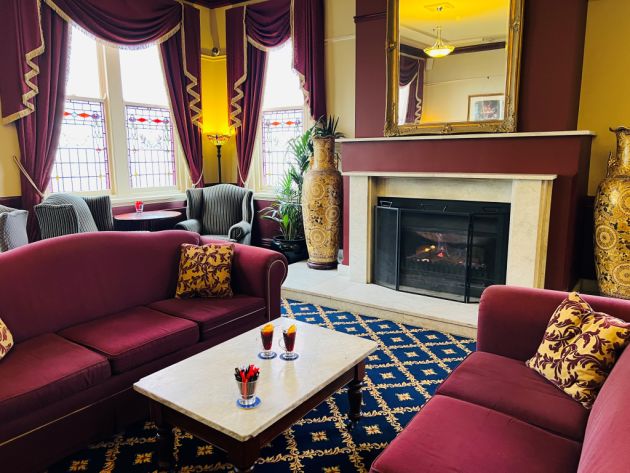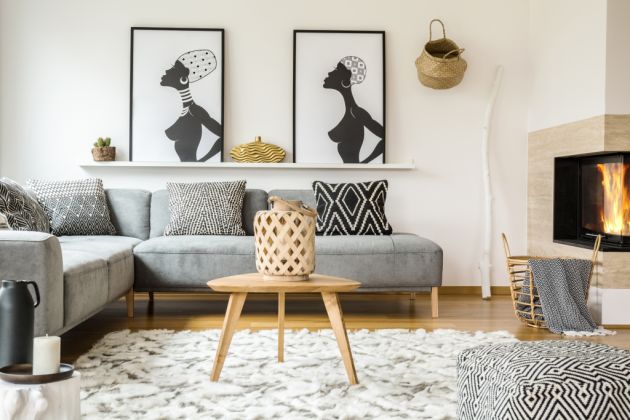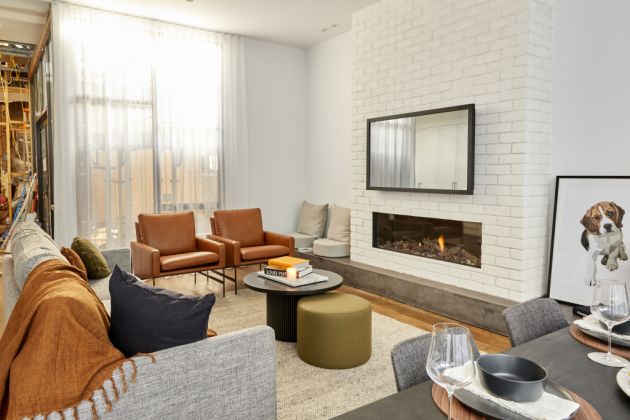The One Question To Ask Yourself In A Design Emergency
Remember when you were obsessed with Scandinavian minimalism? Maybe you filled your home with white walls, pale timber, and the occasional fiddle-leaf fig. But now? You’re eyeing velvet sofas, checkerboard rugs, warmer tones and vintage touches. Suddenly, your interiors don’t feel like you anymore – and you’re not alone. … Read more


